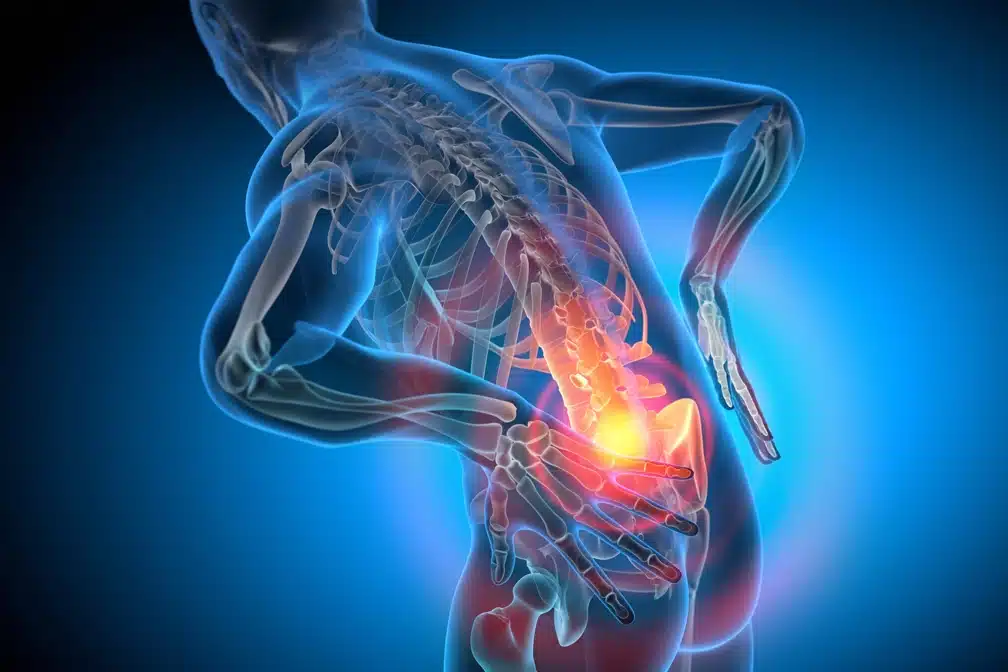Maintain Your Health While on the Road! Expert Tips for Truck Drivers: Prevention, Hygiene, Nutrition, and Sleep. How to Protect Your Well-Being.
Continue Reading
May 19, 2024 6:10 pm

For over-the-road (OTR) truck drivers, the journey on the open road can be long and demanding, making it crucial to prioritize health and well-being. One of the most common challenges OTR truckers face is back pain. However, with proper precautions and a few additional tips, you can minimize the risk of back pain and enjoy a more comfortable and productive journey.
Your seat serves as your command center on the road, and setting it up correctly is paramount to avoid back pain. Here are five essential considerations:
1. Pick the Right Seat Height: Adjust your seat so both feet rest flat on the floor, maintaining a 90-degree angle at your hips and knees. This position offers crucial support and discourages slouching.
2. Adjust the Seat Back Angle: Keep the seat back angle upright, close to vertical. Your line of sight should be about one-third of the windshield’s height. Don’t forget to inflate the lumbar support to maintain the natural curve of your lower back, reducing strain.
3. Choose the Proper Seat Depth: Ensure there are 2 to 3 inches of space between the back of your knee and the front edge of the seat. This promotes even weight distribution and optimal blood flow to your legs.
4. Use Your Seat Slide: Position your seat close enough to the gas and brake pedals without having to lift your hip or back from the seat.
5. Utilize Your Oscillator and Dampener: Activate these features to engage the air ride function, reducing the impact on your spine during your journey.
Incorporate proper body mechanics to prevent back injuries during tasks like pulling the fifth wheel or tandems, cranking the landing gear, and lifting, pushing, or pulling heavy items.
1. Use a Wide or Staggered Stance: Maintain a wide or staggered stance, similar to an athlete’s posture, to enhance stability and safety.
2. Work in Your Power Zone: Concentrate on tasks close to your body, within the area between your shoulders and thighs. This region offers the most strength and stability.
3. Brace Your Core: Engage your abdominal and shoulder blade muscles to provide additional power and protect against injuries.
4. Maintain the Natural Curve of Your Spine: Avoid slumping or bending over, as these postures increase the risk of back injuries. Prioritize maintaining the natural curve of your spine.
5. Bend with Your Hips and Knees: When lifting or bending, use the mobility in your hips and knees to protect your back from unnecessary strain.
Include simple stretching exercises in your daily routine to keep muscles flexible and joints mobile. Take short breaks to stretch your legs, back, and neck. Exercises like neck tilts, shoulder rolls, and knee-to-chest stretches can be especially beneficial.
Your choice of footwear is vital for comfort and reducing stress on your back. Opt for comfortable, supportive shoes with good arch support and cushioning. Custom insoles can be a game-changer if you need extra support.
Proper hydration and nutrition are essential for your overall health. Dehydration can lead to muscle cramps and discomfort, making back pain worse. Ensure you drink enough water throughout the day and maintain a balanced diet rich in vitamins and minerals that support bone and muscle health.
Prioritize your health by scheduling regular check-ups with your healthcare provider. Monitoring your back’s condition and addressing potential issues early can prevent major back pain problems in the long run.
Consider investing in ergonomic accessories for your truck cabin, such as lumbar cushions, seat covers with built-in massage features, and steering wheel covers for a better grip. These items enhance your comfort during long drives.
Stress can contribute to back pain. Practice stress-reduction techniques like deep breathing, meditation, or listening to calming music to stay relaxed while driving.
Quality sleep is crucial for your overall well-being. Ensure you get enough rest during your downtime to allow your body to recover from the strains of the road.
If you experience persistent or severe back pain despite taking preventive measures, seek professional medical advice promptly. Ignoring back pain can lead to more significant issues down the road.
As an Over-the-Road truck driver, maintaining a healthy back is essential for a successful and comfortable journey. By following these ten tips, including proper seat adjustments, body mechanics, exercise, and additional precautions, you can significantly reduce the risk of back pain and enjoy a more pain-free and productive life on the road. Remember that your health should always be a priority, and taking proactive steps to care for your back will contribute to your overall well-being. Safe travels!
Maintain Your Health While on the Road! Expert Tips for Truck Drivers: Prevention, Hygiene, Nutrition, and Sleep. How to Protect Your Well-Being.
Continue ReadingThe well-being and safety of professional drivers are crucial aspects of the trucking industry. However, these drivers face unique challenges that can significantly impact their mental health
Continue ReadingTruck drivers face several challenges when it comes to maintaining healthy nutrition habits on the road. Here are some negative factors that can hinder their efforts and
Continue ReadingThe American Trucking Associations (ATA) has expressed strong opposition to the Department of Justice's proposed rule of marijuana reclassification.
Continue ReadingConnell High School in Connell, Washington, has formally petitioned the FMCSA to allow students under 18 to obtain commercial learner's
Continue ReadingIn an effort to increase efficiency and sustainability in Trucking, Phillips Industries has launched their new, advanced, stick-on solar panels
Continue ReadingThe U.S. government is increasing scrutiny on Chinese companies that are potentially dodging tariffs by manufacturing Chinese EVs (electric vehicles)
Continue ReadingIn a legal battle that could reshape the trucking industry, 24 Republican states join to bring a lawsuit against the
Continue ReadingOOIDA • ATA • DOT • NASTC • WOMEN IN TRUCKING • NPTC • DRIVER RESOURCES • TDN STAFF • ARCHIVES • SITEMAP